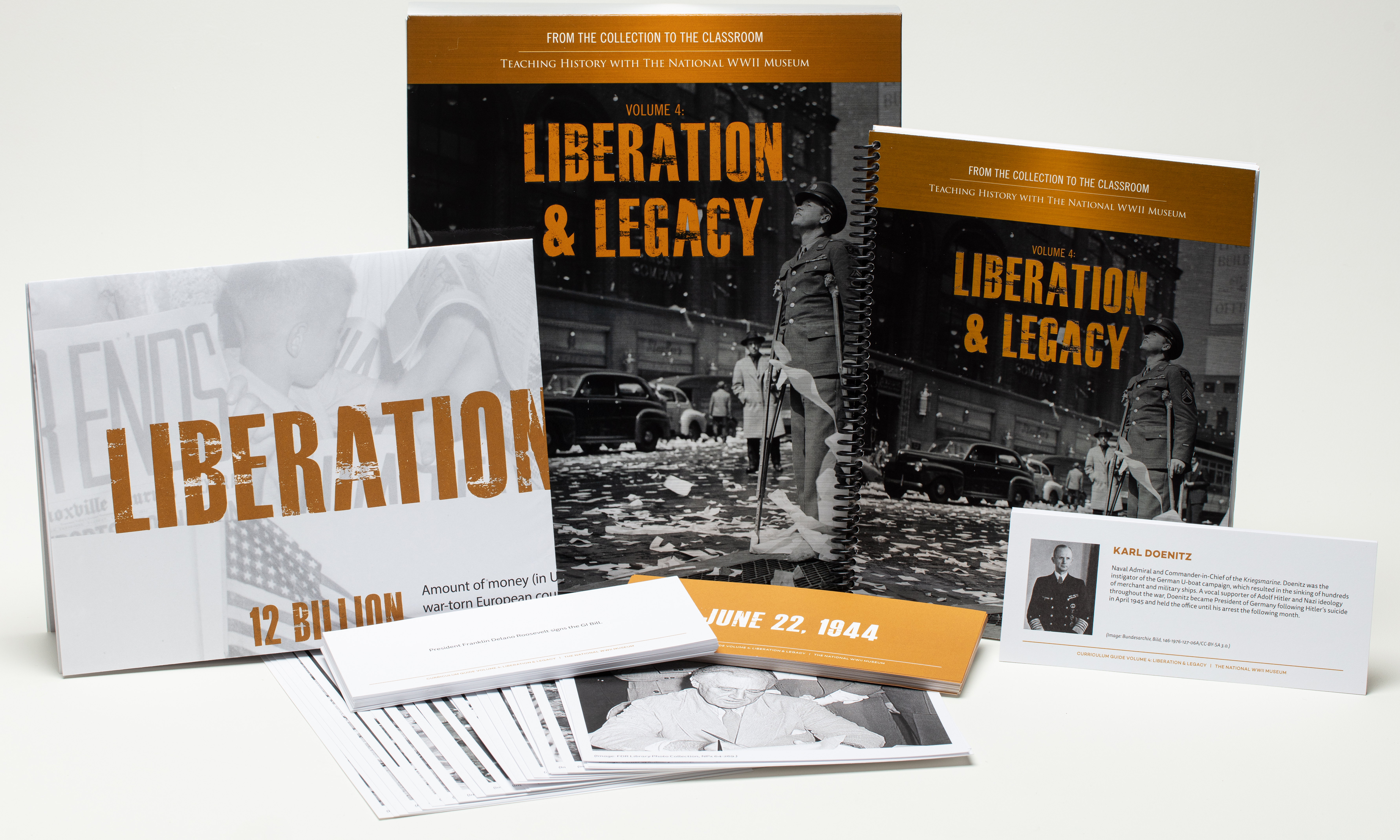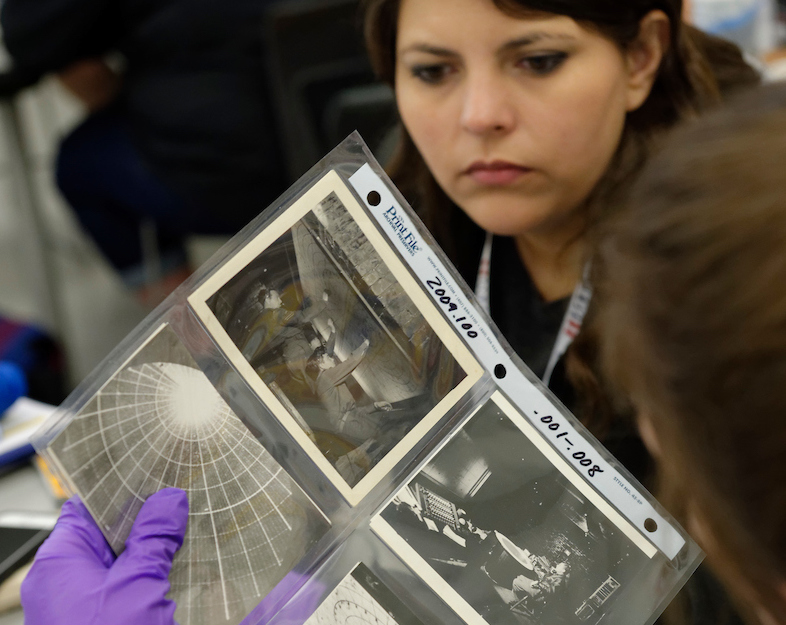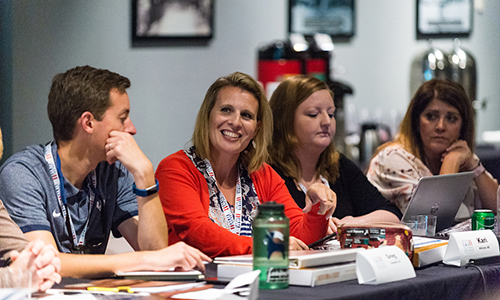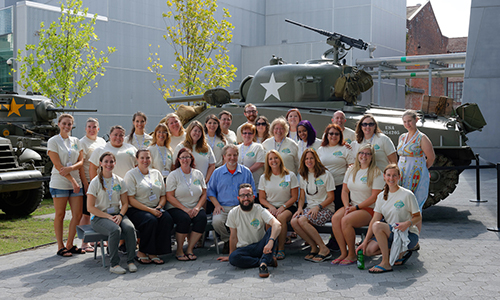In September 1945, World War II—the deadliest conflict in human history—is finally over. The Allies stand victorious over the defeated Axis powers. Although no longer at war, the Allies now find themselves faced with perhaps an even greater challenge: rebuilding a broken world and attempting to forge a lasting peace. Entitled Liberation & Legacy, this curriculum volume focuses its lesson plans, overview essays, and oral histories on the new postwar world: the horror at the discovery of the extent of the Holocaust; justice dealt to the leaders of defeated regimes; and new voices from former colonial empires yearning to be free.

Stolen! Saving Europe's Treasures
The Nazi regime not only waged a war on humanity across Europe, it also attempted to control the very meaning of culture by conducting the largest theft of artwork in history. This lesson teaches students about the Allied efforts to recover and return this stolen artwork through the Monuments, Fine Art and Archives (MFAA), those involved were collectively known as "the Monuments Men." Students will also learn about the broader importance of art to life and culture.
Surviving Imprisonment in the Pacific: The Story of American POWs
In this lesson, students will analyze the protections granted to prisoners of war through the 1929 Geneva Conventions, looking at the treatment of American POWs in the Pacific in critical comparison to the charges of war crimes made in the Tokyo Trials.
Redefining Justice in Nuremberg
By placing leading Nazi officials on trial, a new meaning of justice emerged in the postwar world. Analyzing primary sources, students will consider the legacy of the Nuremberg Trials and the unprecedented nature of these legal proceedings.
Occupying Berlin
As US servicemembers turned into an occupying force in Berlin, they found themselves working to maintain order over a largely resentful populace. This lesson will have students consider this environment from the perspective of the occupier and the occupied to understand the complicated nature of life in postwar Berlin.
“The World Must Know”: Public Remembrance and the Holocaust
Memorializing the tragedies of the Holocaust took on many forms in the decades that followed the war. In this lesson, students will engage in visual analysis to determine how different memorials present varied narratives of the Holocaust and the effect that it has on public memory.
The Four Freedoms
In January of 1941, President Franklin Delano Roosevelt outlined a vision of the future in which people the world over could enjoy four essential freedoms. This vision persisted throughout World War II and came to symbolize the ideals behind the rights of humanity and the pursuit of peace in a postwar world.
Cold Conflict
The United States was not the only leading power on the world stage after the end of World War II; the United States found it had a new competitor for this power in the Soviet Union. Tensions between the former allies quickly grew, leading to a new kind of conflict—one heightened with the threat of atomic weapons—that came to dominate global politics for the remainder of the 20th century.
The Scientific and Technological Legacies of World War II
The war effort demanded developments in the field of science and technology, developments that forever changed life in America and made present-day technology possible.
Great Responsibilities and New Global Power
World War II transformed the United States from a midlevel global power to the leader of the “free world.” With this rapid rise in power and influence, the United States had to take on new responsibilities, signaling the beginning of the "American era."
Tension in a Peacetime Society
The experiences of those left to support the war effort on the Home Front, combined with those of returning veterans, helped further reveal underlying tensions and led to significant changes in the social history of the United States.


